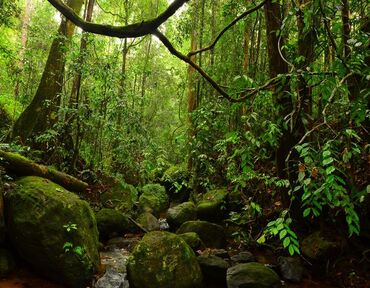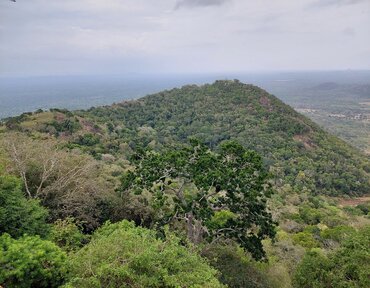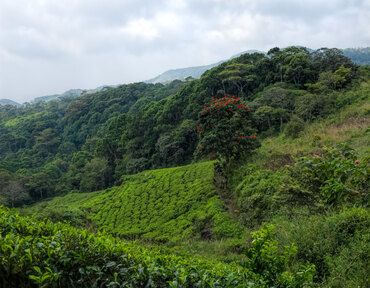


The Yagirala Rainforest Reserve, also known as the Paniyawala Rain Forest, is a tranquil natural gem located in the Kalutara district of Sri Lanka. Yagirala Rainforest Reserve spans over 2,360 hectares and is approximately an hour or more away from Kalutara. It's one of the top-listed places to visit in the district. This world heritage virgin rainforest boasts unique botanical and biological species. The density of trees and the natural habitat of animals make it a captivating destination for nature enthusiasts. Within its lush greenery, there are 36 species of mammals, including 4 endemic species, and a rich diversity of flora from 62 families. Yagirala forest reserve is situated in the low country wet zone and holds significance in Sri Lanka's biodiversity hotspot.

The Sinharaja Forest is a tropical rainforest in Sri Lanka that has been designated a World Heritage Site due to its high biodiversity. The forest covers 11,000 hectares and around 15,000 people live in peripheral villages around the forest. These villagers have been sustainably using this forest for their daily needs for generations. Their people's life, food, folk knowledge and many other things are based on the forest since ancient times.

Ruhunukanda Forest Reserve is located in the Kalutara district and has a high level of biodiversity. This Ruhunukanda forest is adjacent to the Singhraja forest and is a popular destination for local and foreign tourists and researchers. The forest is home to a variety of birds, reptiles, insect species, toad species, mammals and very rare species of butterflies. The Maguru River flows through the forest of the Ruhunu Hills, adding to its appeal. This is called an evergreen rain forest. Ruhunukanda forest is home to 52 different bird species. The period from December to March has been identified as the best time to visit the Ruhunu Kanda ecosystem. The reason is the decrease in rainfall during that period.

description not found